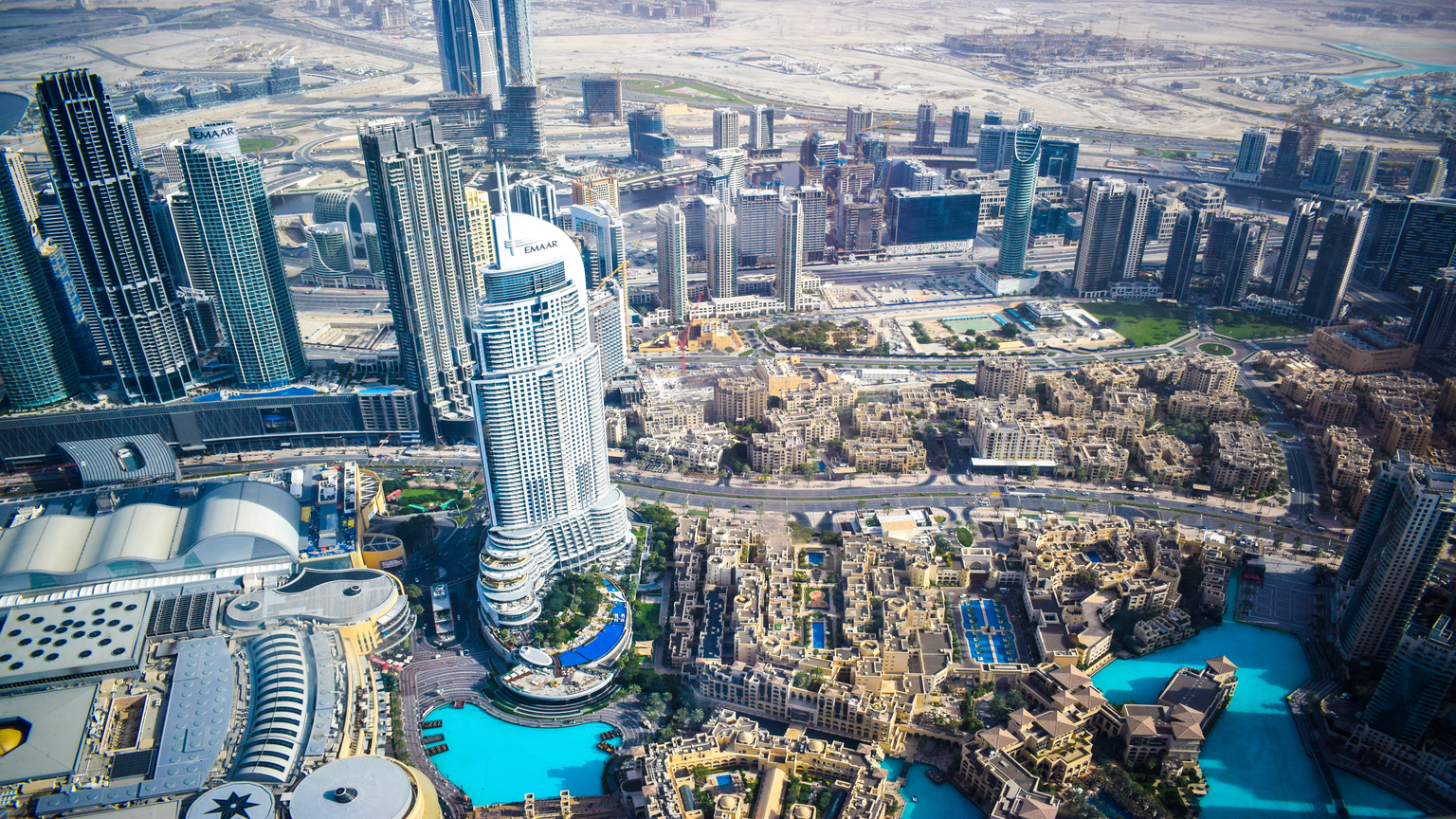Real estate development plays a significant role in shaping economies. In the Middle East, this sector has become a core driver for economic transformation. The region’s growing cities, evolving infrastructure, and major real estate projects are critical factors contributing to the overall economic development. The demand for housing, commercial spaces, and industrial facilities is increasing, and with it, the opportunities for economic growth.
The Link Between Real Estate and Economic Expansion
The relationship between real estate development and economic growth is undeniable. As new projects are built, economies benefit from job creation, increased investment, and enhanced infrastructure. Construction projects attract both local and international investors, stimulating financial activity and encouraging more development. This, in turn, promotes the expansion of other sectors such as retail, tourism, and manufacturing.
Developers play a pivotal role in providing the necessary infrastructure for businesses to thrive. The creation of new urban centers and commercial hubs offers a platform for new companies to establish themselves, bringing in both skilled professionals and new technology.
Job Creation and Workforce Development
One of the most direct ways real estate development contributes to economic growth is through job creation. From architects and engineers to construction workers and real estate agents, numerous industries are involved in real estate projects. The ripple effect of these developments means that as new neighborhoods and commercial areas are built, the demand for services like retail, education, and healthcare also increases, creating more employment opportunities.
Real estate projects are labor-intensive and require a wide range of skills, leading to the growth of a skilled workforce. As more projects are undertaken, the workforce in the Middle East gains valuable experience and expertise, which can be applied to future projects. This boosts productivity and overall economic efficiency.
Foreign Investment in the Middle East
Real estate has long been seen as a safe and profitable investment, especially in emerging markets. The Middle East is one of the regions that has attracted a significant amount of foreign investment due to its strategic location, booming cities, and rapid development. Countries like the UAE, Saudi Arabia, and Qatar have made significant strides in opening their real estate markets to international investors, contributing to the region’s economic growth.
Foreign investment in real estate not only brings in capital but also introduces new technologies, skills, and business models that can enhance the local industry. International investors often look for stable markets with high growth potential, and the Middle East offers just that. The influx of foreign funds helps stabilize the market and fosters further development in infrastructure, housing, and commercial sectors.
Infrastructure Development as a Growth Catalyst
One of the key components of real estate development is the building of infrastructure. Roads, bridges, airports, and utilities are essential for any growing economy. These projects not only improve the quality of life for residents but also enable businesses to operate more efficiently. Infrastructure development supports economic growth by reducing transportation costs, improving access to markets, and increasing productivity.
In the Middle East, governments have heavily invested in large-scale infrastructure projects that complement real estate developments. Cities like Dubai and Doha are prime examples of how infrastructure and real estate development can work hand in hand to drive economic growth. Modern infrastructure attracts global companies, which bring in foreign investments, create jobs, and contribute to the overall economic development of the region.
Urbanization and Economic Growth
The Middle East is experiencing rapid urbanization, with cities expanding at an unprecedented rate. Real estate development is essential to accommodate this growth, as urban centers require housing, commercial spaces, and public facilities. This urban expansion drives economic growth by creating demand for new buildings, roads, utilities, and services.
As more people move to cities, the demand for residential properties rises, leading to the construction of new housing developments. This stimulates the local economy by providing jobs and increasing the need for goods and services. Additionally, urbanization attracts businesses, both local and international, which benefit from the concentration of consumers and workers.
Diversification of the Economy
Many Middle Eastern countries are making efforts to diversify their economies beyond oil and gas. Real estate development is a key part of these diversification strategies. By investing in tourism, entertainment, retail, and financial services, governments are creating new sources of revenue that can sustain economic growth for years to come. Real estate development plays a central role in supporting these sectors by providing the necessary infrastructure and facilities.
For example, Saudi Arabia’s Vision 2030 plan emphasizes the development of new cities and tourism projects to reduce the country’s dependence on oil. Real estate development is at the heart of this strategy, with projects like Neom and the Red Sea Project expected to contribute significantly to the nation’s GDP.
Tourism and Hospitality
The Middle East is home to some of the world’s most ambitious tourism and hospitality projects. The development of luxury hotels, resorts, and entertainment venues has transformed the region into a global tourist destination. Real estate plays a vital role in this transformation, as it provides the infrastructure needed to accommodate the influx of tourists.
Tourism contributes to economic growth by creating jobs, boosting spending, and attracting foreign investment. Major cities like Dubai, Abu Dhabi, and Riyadh have become major tourist hubs, thanks to their world-class infrastructure and real estate developments. These cities offer a range of attractions, from luxury shopping malls to cultural landmarks, all supported by robust real estate development.
The Role of Government Policies
Government policies play a crucial role in real estate development. In the Middle East, many governments have introduced reforms and incentives to attract both local and foreign investment in the real estate sector. These policies create a favorable business environment that encourages the growth of the sector and, by extension, the economy.
For example, free zones in the UAE allow foreign investors to own property and businesses without the need for local partners, making the real estate market more accessible to international investors. Similarly, Saudi Arabia has introduced reforms to its real estate laws as part of its Vision 2030 plan, further stimulating the sector.
Long-Term Economic Benefits
Real estate development offers long-term economic benefits that go beyond the construction phase. As cities grow, the value of properties increases, benefiting both investors and the local economy. Real estate generates significant tax revenues for governments, which can be reinvested in public services such as education, healthcare, and infrastructure.
Additionally, real estate development contributes to the financial stability of individuals and businesses. Property ownership provides financial security and can serve as a long-term investment that appreciates over time. This contributes to wealth creation and economic growth on both an individual and national level.
Sustainable Development and Environmental Considerations
While real estate development drives economic growth, it is essential to consider the environmental impact of such projects. Sustainable real estate development focuses on minimizing the negative effects on the environment while promoting economic growth. Many Middle Eastern countries have recognized the importance of sustainability and are incorporating eco-friendly practices into their real estate projects.
Green buildings, energy-efficient designs, and the use of sustainable materials are becoming increasingly common in the region. These practices not only reduce the environmental footprint of real estate projects but also create long-term economic benefits by reducing energy costs and improving the quality of life for residents.
Conclusion
Real estate development is a cornerstone of economic growth in the Middle East. The region’s booming cities, growing infrastructure, and increasing foreign investment are driving the expansion of the real estate sector. This development creates jobs, attracts investment, and provides the necessary infrastructure for other industries to flourish.
As the Middle East continues to grow and urbanize, real estate development will remain a critical driver of economic progress. Whether through large-scale infrastructure projects, new urban centers, or sustainable development, real estate will continue to shape the region’s economic future.
Looking to invest in real estate projects in the Middle East? Partner with experts in the field to maximize your returns and contribute to the region’s economic growth. Contact us today for more information on how we can help you succeed in this dynamic market.


